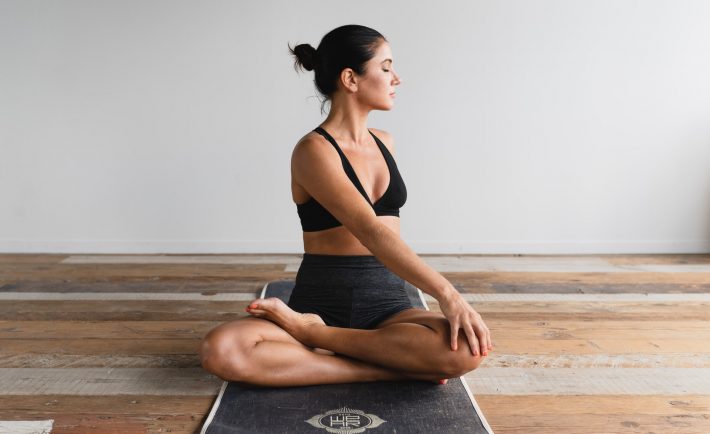
As the number of COVID-19 positive patients shoot up, stricter rules have been implemented. Social distancing is greatly highlighted as Ministry of Health (MOH) advised Singaporeans to avoid holding and participating in social gatherings of more than 10 people. Social gatherings pertains to birthdays, weddings, funerals, wakes, and other private events. These efforts can help prevent the spread of the virus.
Apart from this, many people have been in self-quarantine. Staying at home for long periods of time can pose a significant challenge for remaining physically active. Sedentary lifestyle and low levels of physical activity can have negative effects on your mental health and quality of life.
It is normal to feel stressed during times of threatening health situations. To combat this, you must stimulate the “relaxation response,” through a technique first developed in the 1970s at Harvard Medical School by cardiologist Dr. Herbert Benson. The relaxation response is the “state of profound rest that can be elicited in many ways”.
Create a well of calm without breaking the bank by following these relaxation techniques.
#1: FOCUS ON YOUR BREATHING
The Breath Focus technique is a simple and powerful tool comprising of long, slow, and deep breaths. It is also known as belly or abdominal breathing. As you breathe, you take your mind off the distractions and concentrate on your breathing and its sensations. Notice how long you can inhale and how deep you can exhale. This technique is helpful for people with eating disorders. However, it may not be helpful for people with respiratory ailments or heart problems.
#2: PRACTICE GUIDED IMAGERY
Ever wondered what it is like to travel freely on whim again? Well, you can make that possible through guided imagery. Guided imagery is a technique where you envision being in a soothing place or experiencing a happy memory. It reinforces the positive thoughts and emotions associated to being in a particular instance or place. Simply search Guided Imagery on free calming apps or YouTube videos. Ensure that you choose a recording topic that has personal significance to you. Personally, I want to see myself playing in the beach and listening to its calm breeze.
#3: DO YOGA, QIGONG, OR TAI CHI
These three ancient disciplines combine rhythmic breathing with a series of flowing movements. Empty your mind as you focus on the physical aspects of these disciplines. Moreover, you will be able to enhance your flexibility and balance. Since I cannot practice Hot Yoga anymore, I delight myself with a couple of Yoga exercises found in YouTube. You will be surprised with the wealth and the variety of free Yoga, Qigong, and Tai Chi exercises available there. Choose a video length and a difficulty level that you are most comfortable in.
#4: MEDITATE WITH MINDFULNESS
One of the practices that has greatly helped me stay calm is Mindfulness Meditation. Mindfulness is the Psychological process of purposely bringing one’s attention to experiences occurring in the present moment without judgment, which one develops through the practice of meditation. As our thoughts continue to juggle, mindfulness meditation is easier said than done. Take it easy on yourself during your first trials. Research suggests that continued meditation is helpful for people with anxiety, depression, and pain.

Image Credits: unsplash.com
BONUS: Apart from these relaxing exercises that will not cost you a dime, you may take short active breaks throughout the day. Short bouts of physical activity add up! You can dance and play with your children or perform chores such as cleaning and gardening. There is no excuse to stay active at home!




